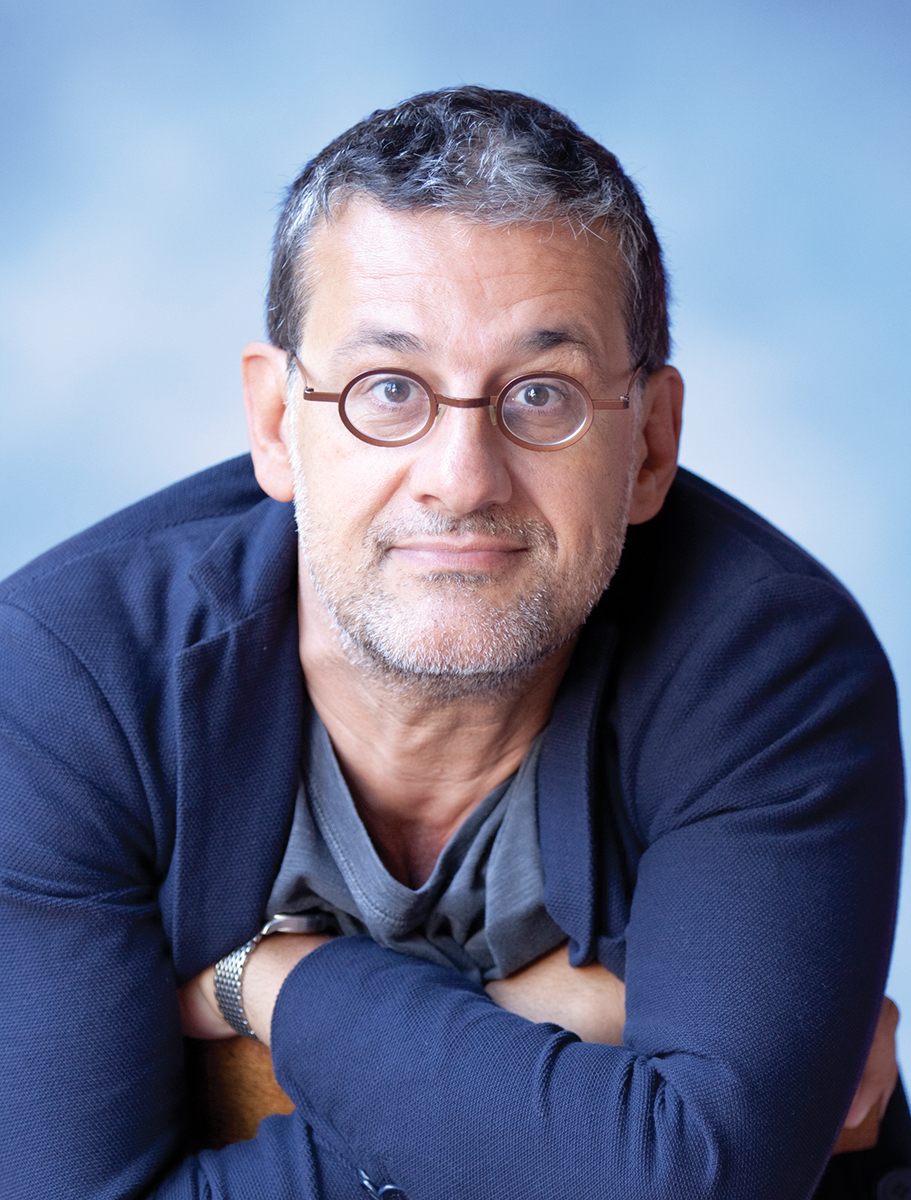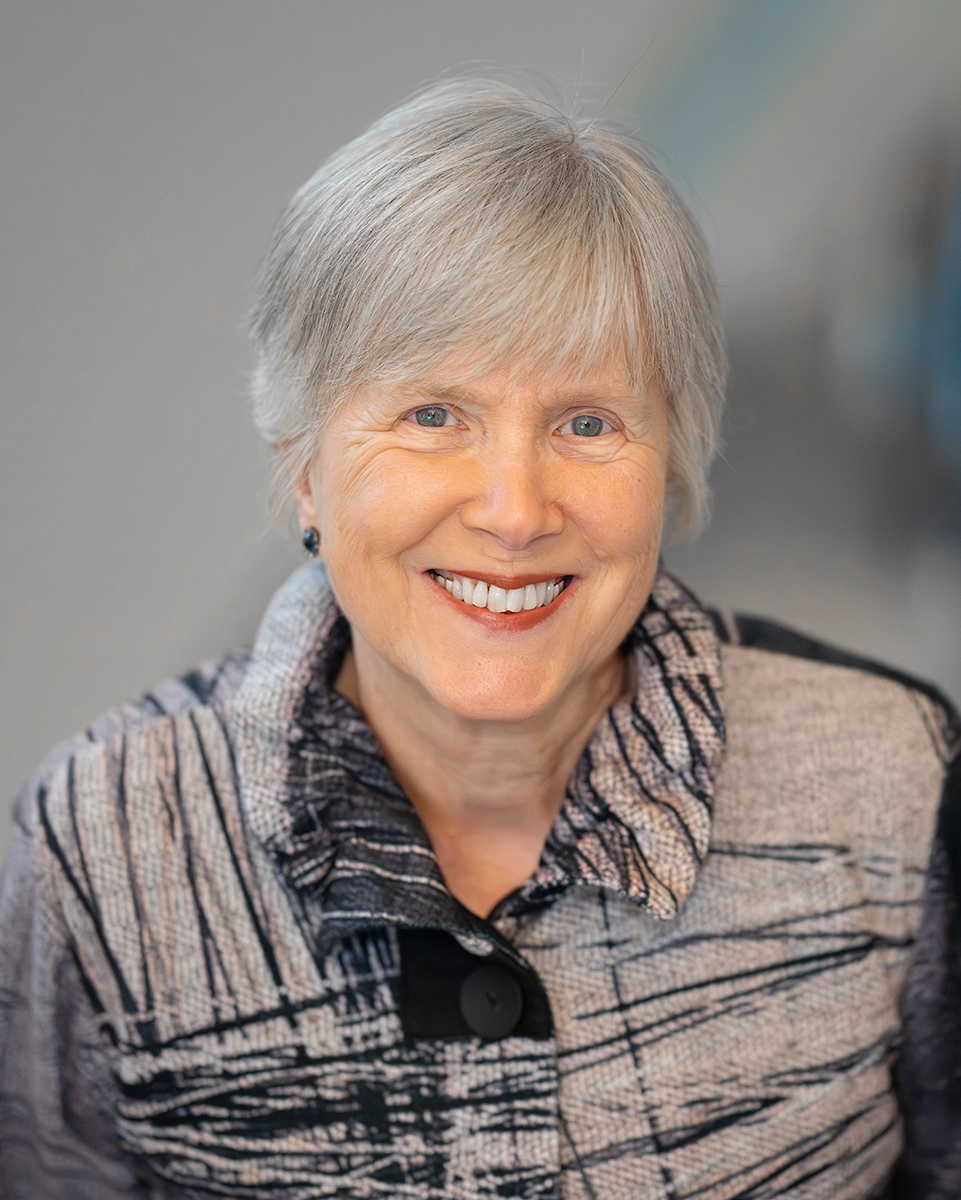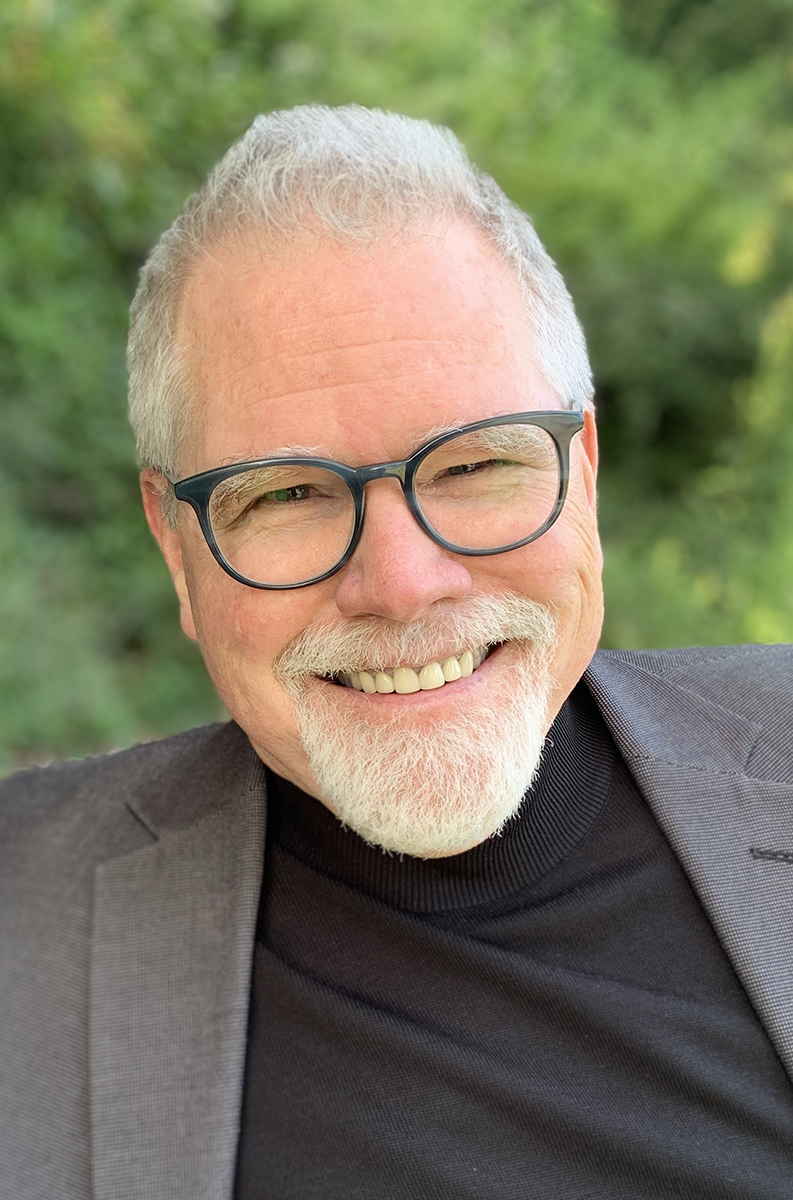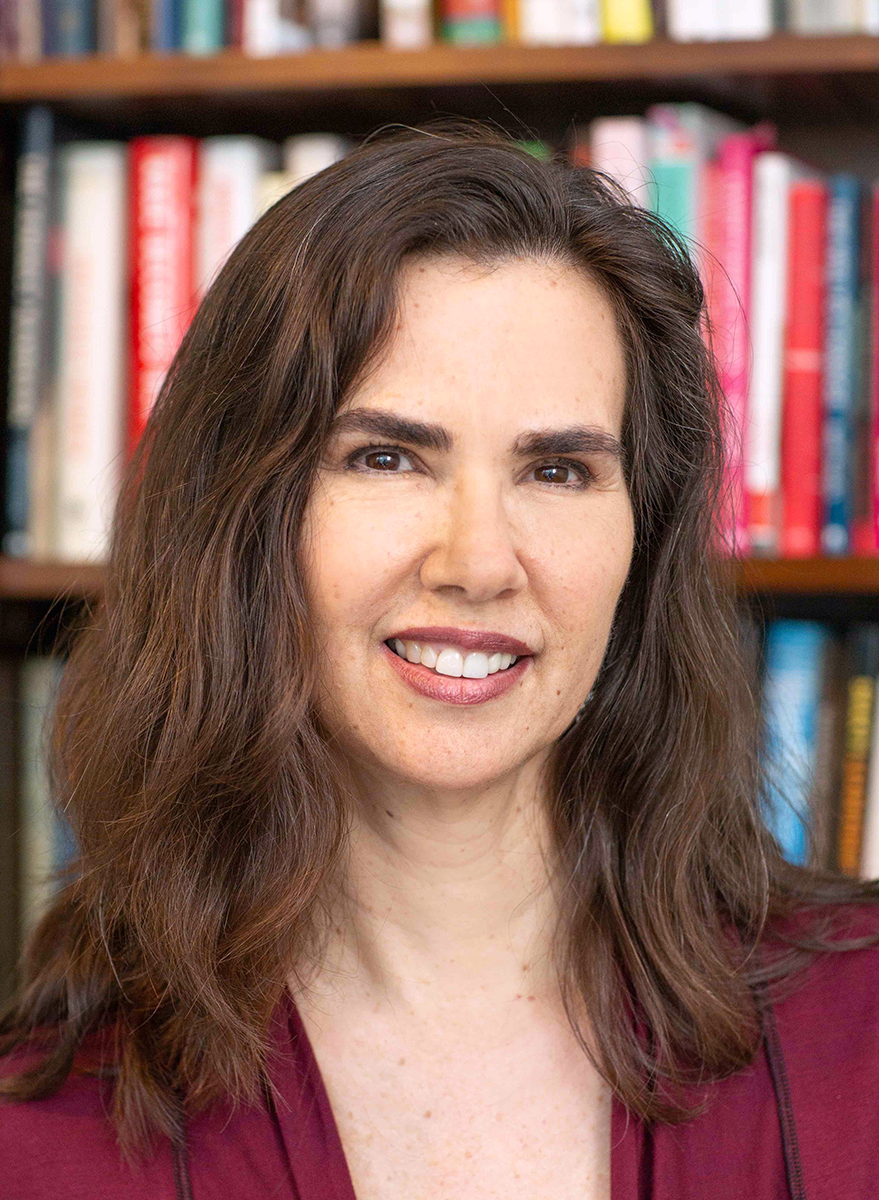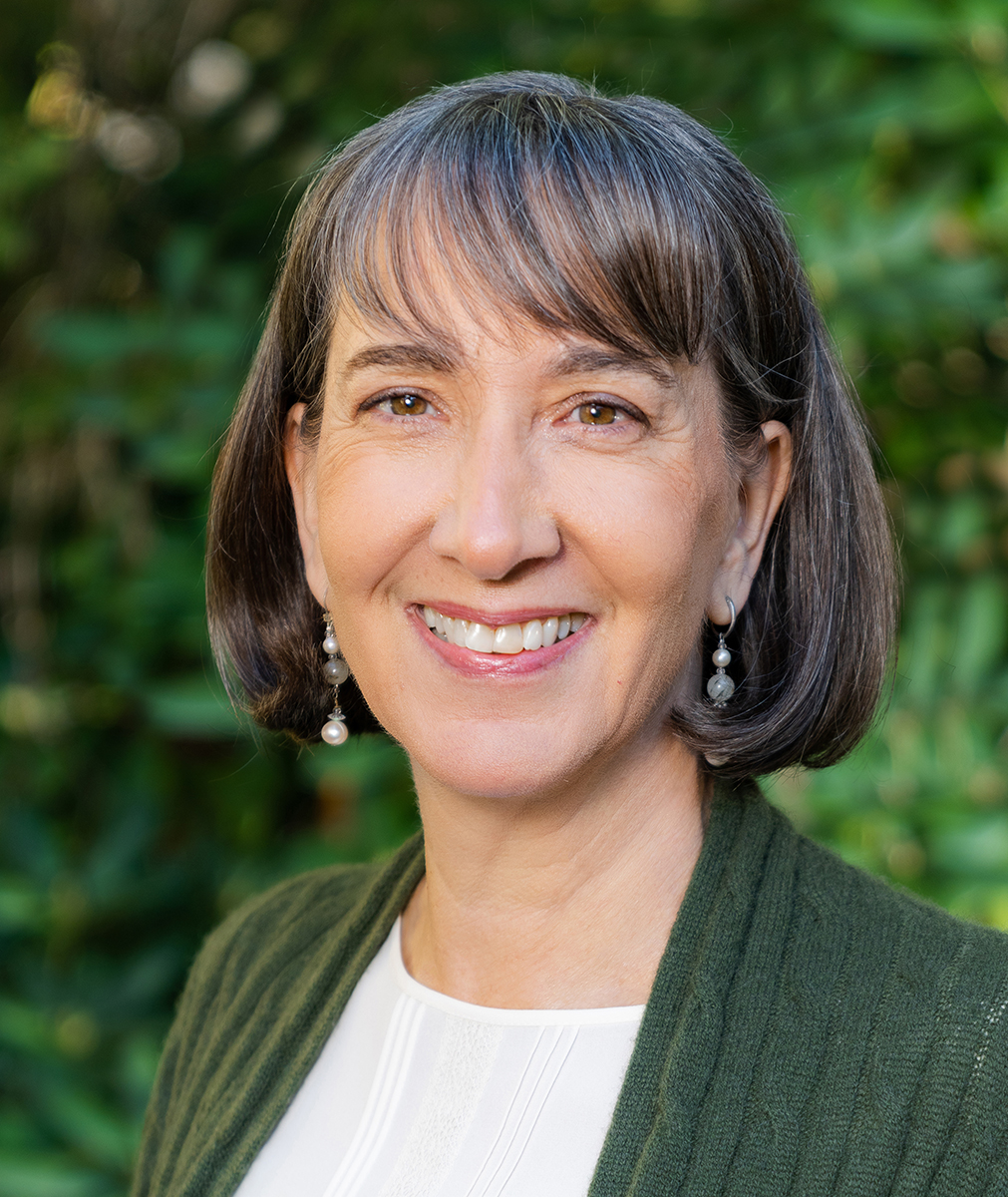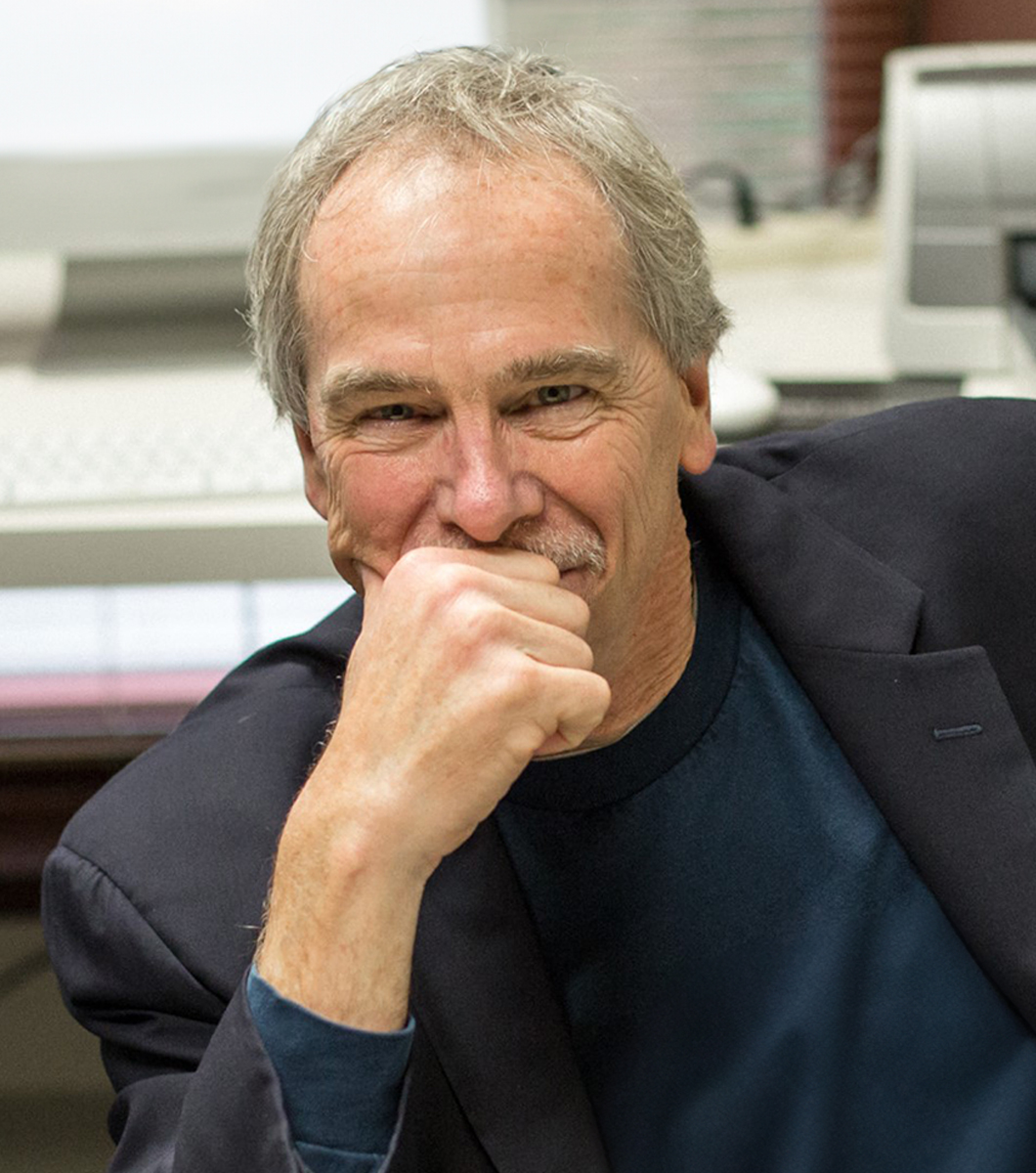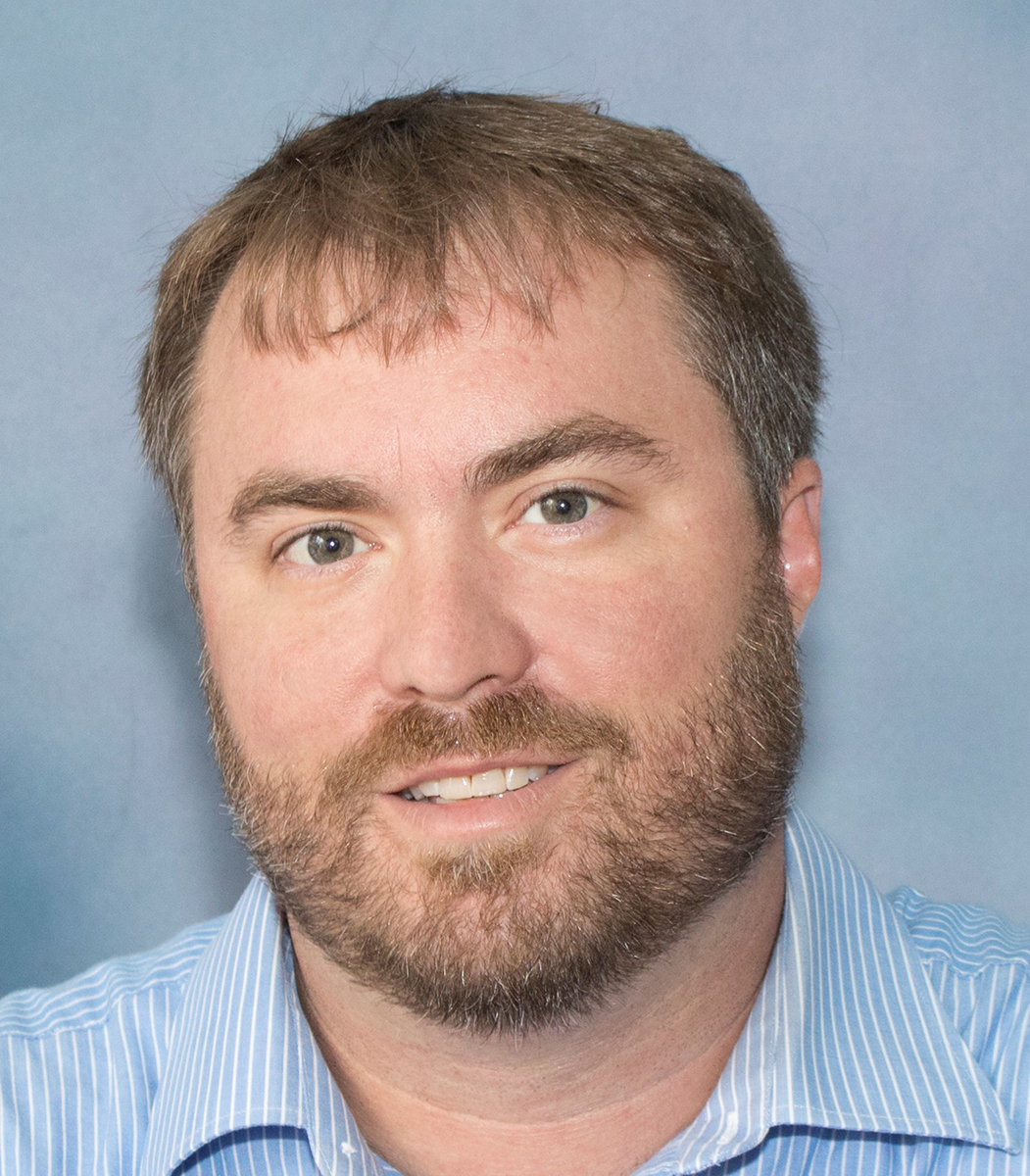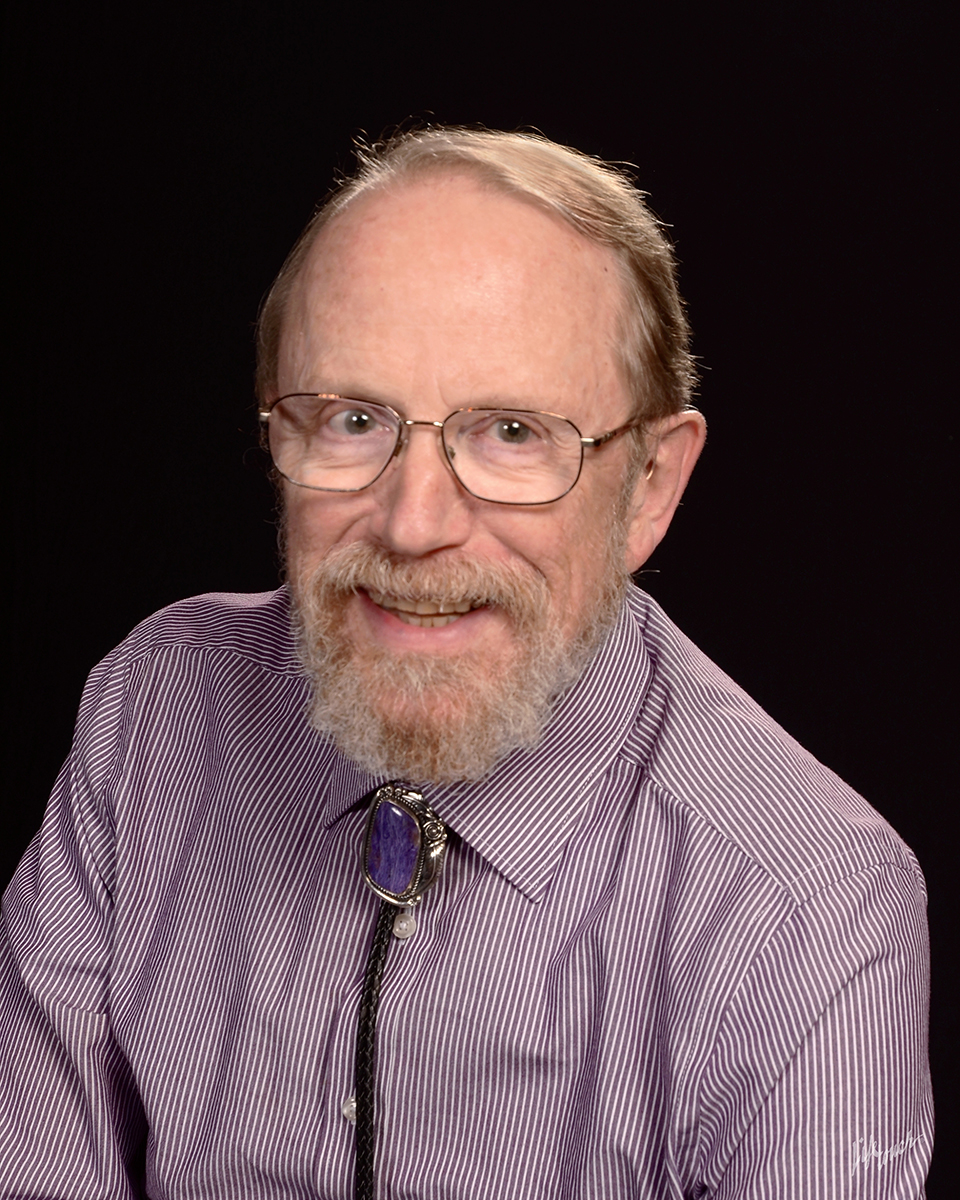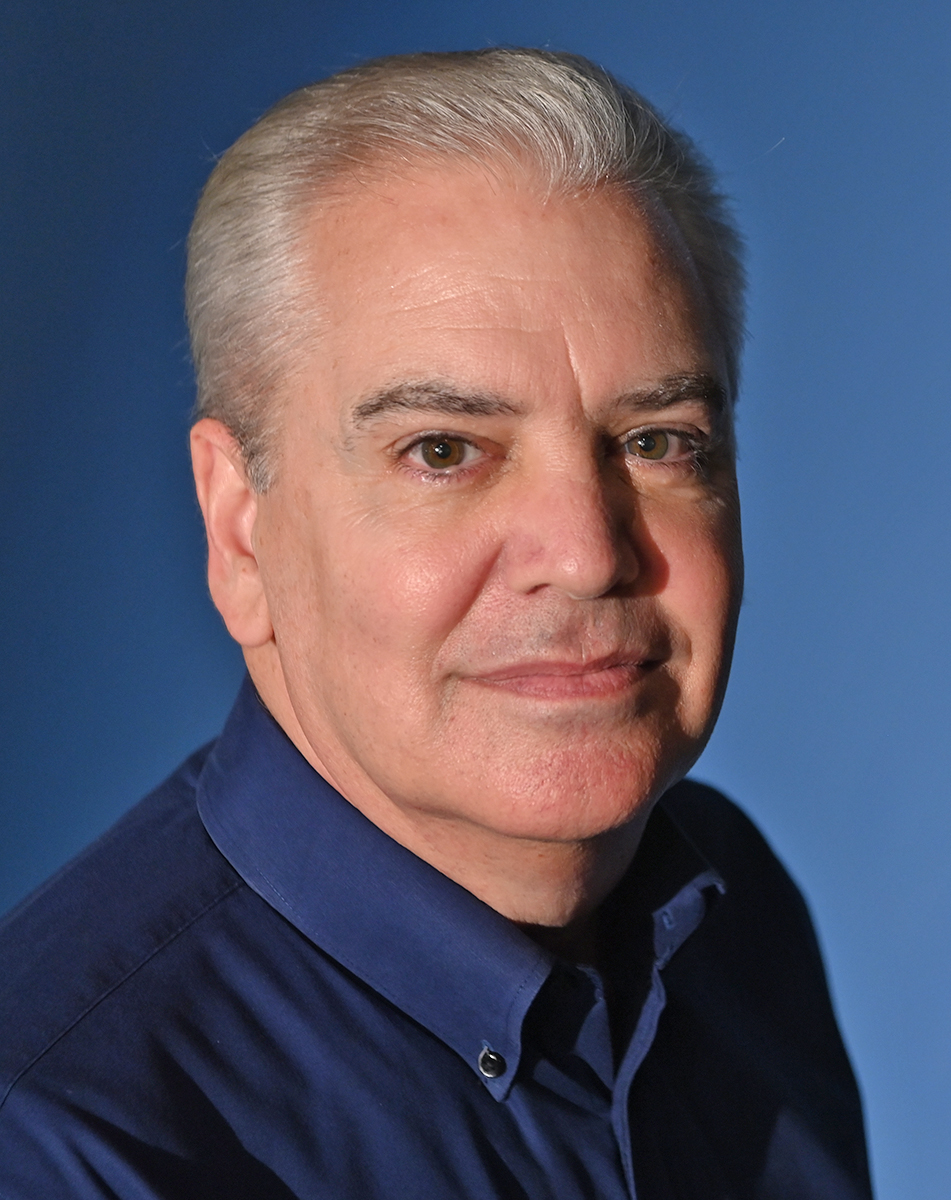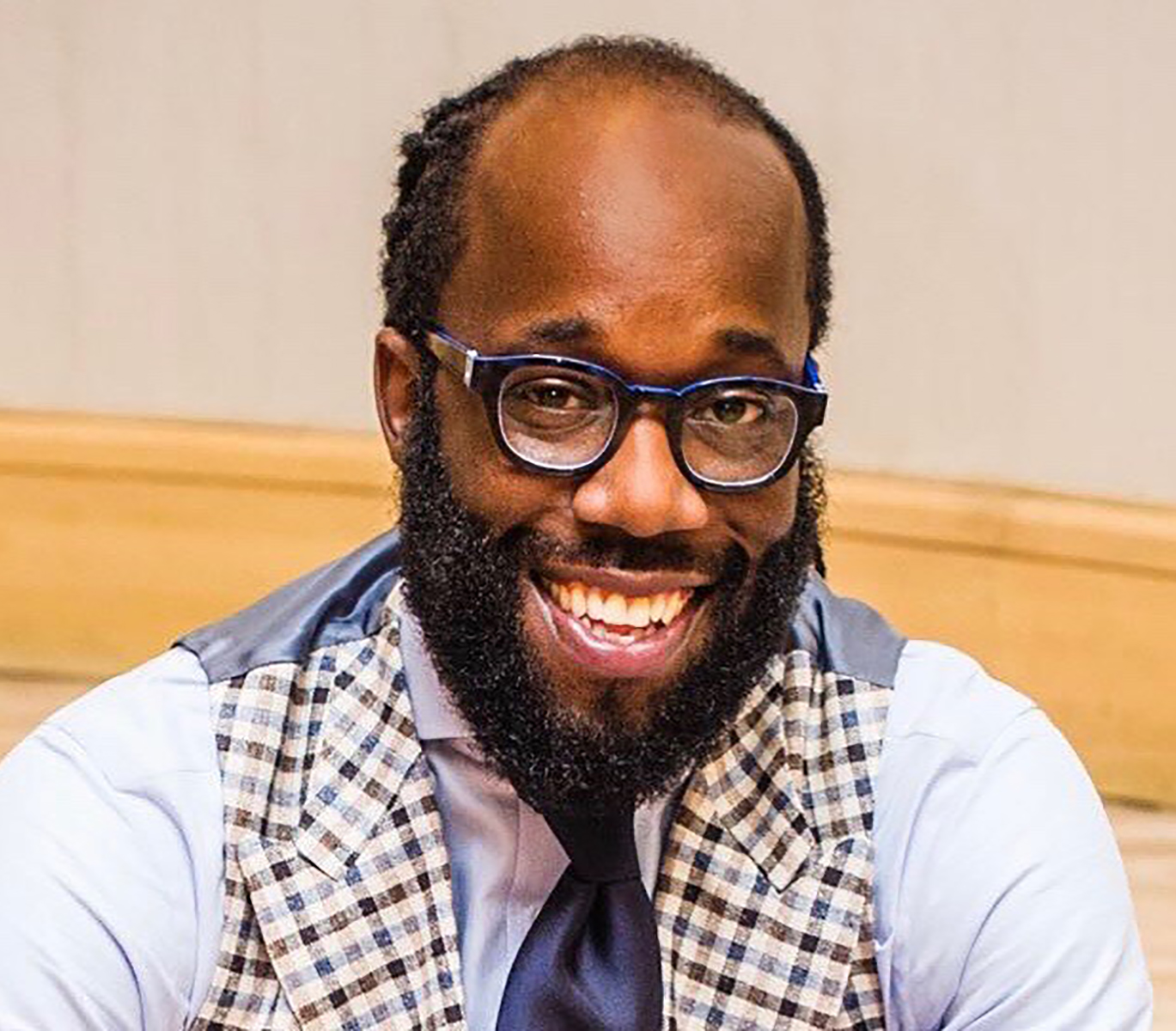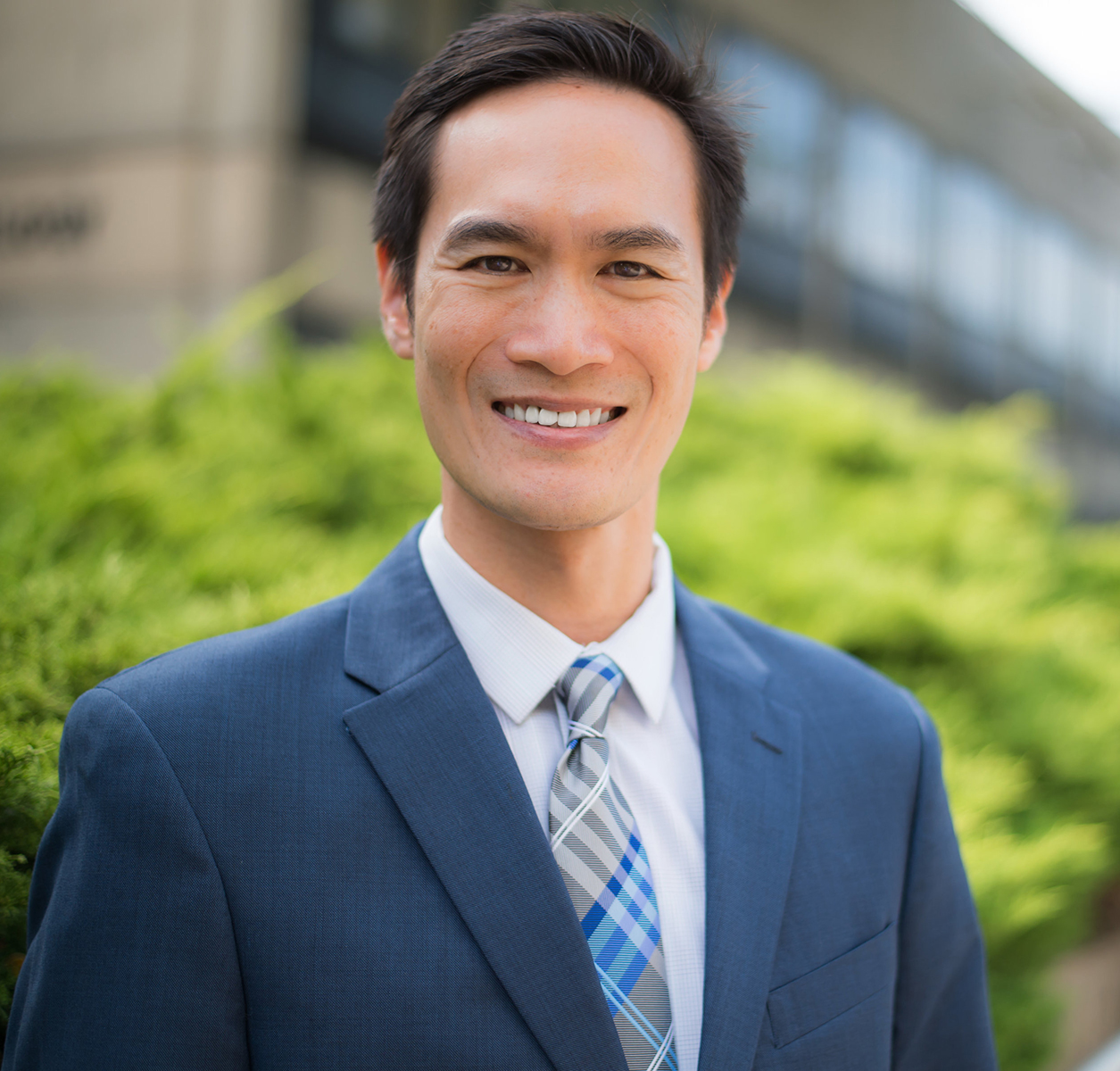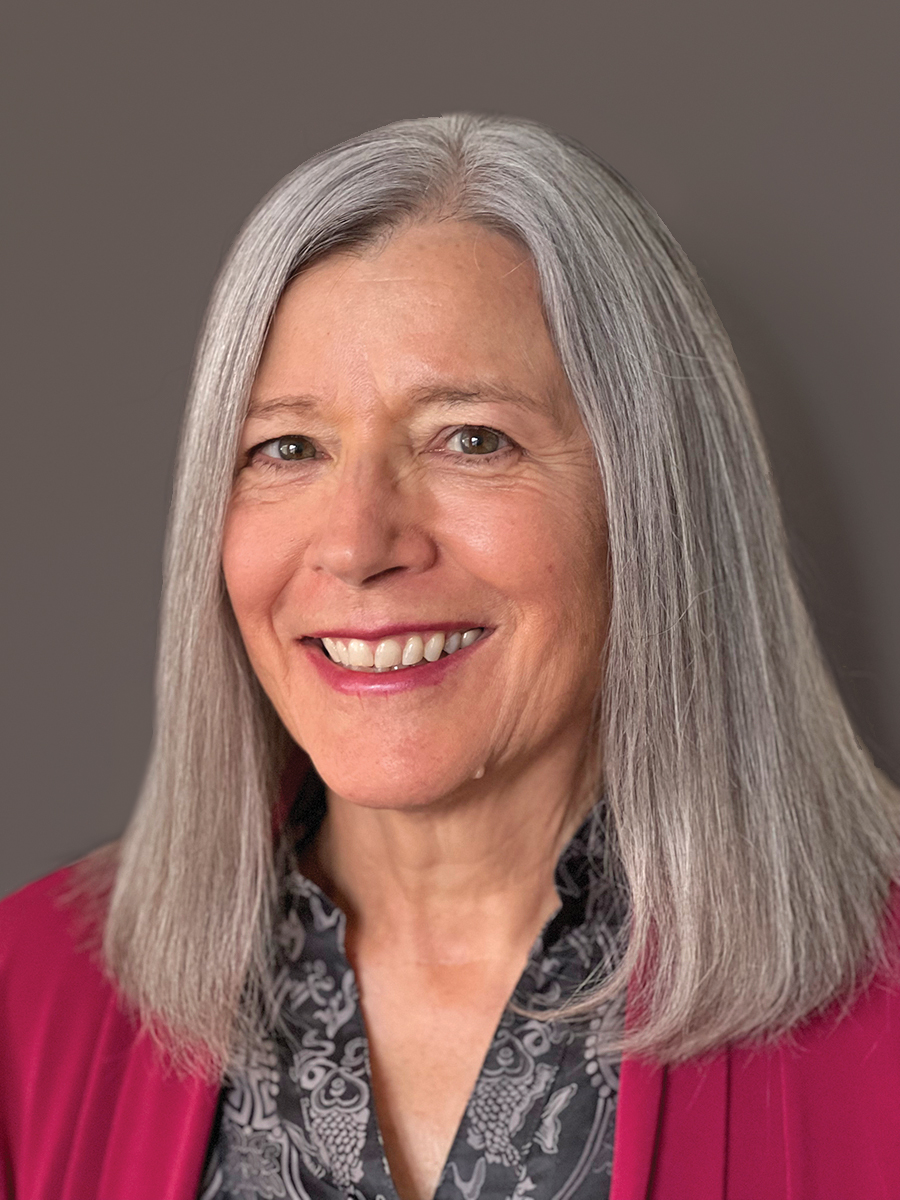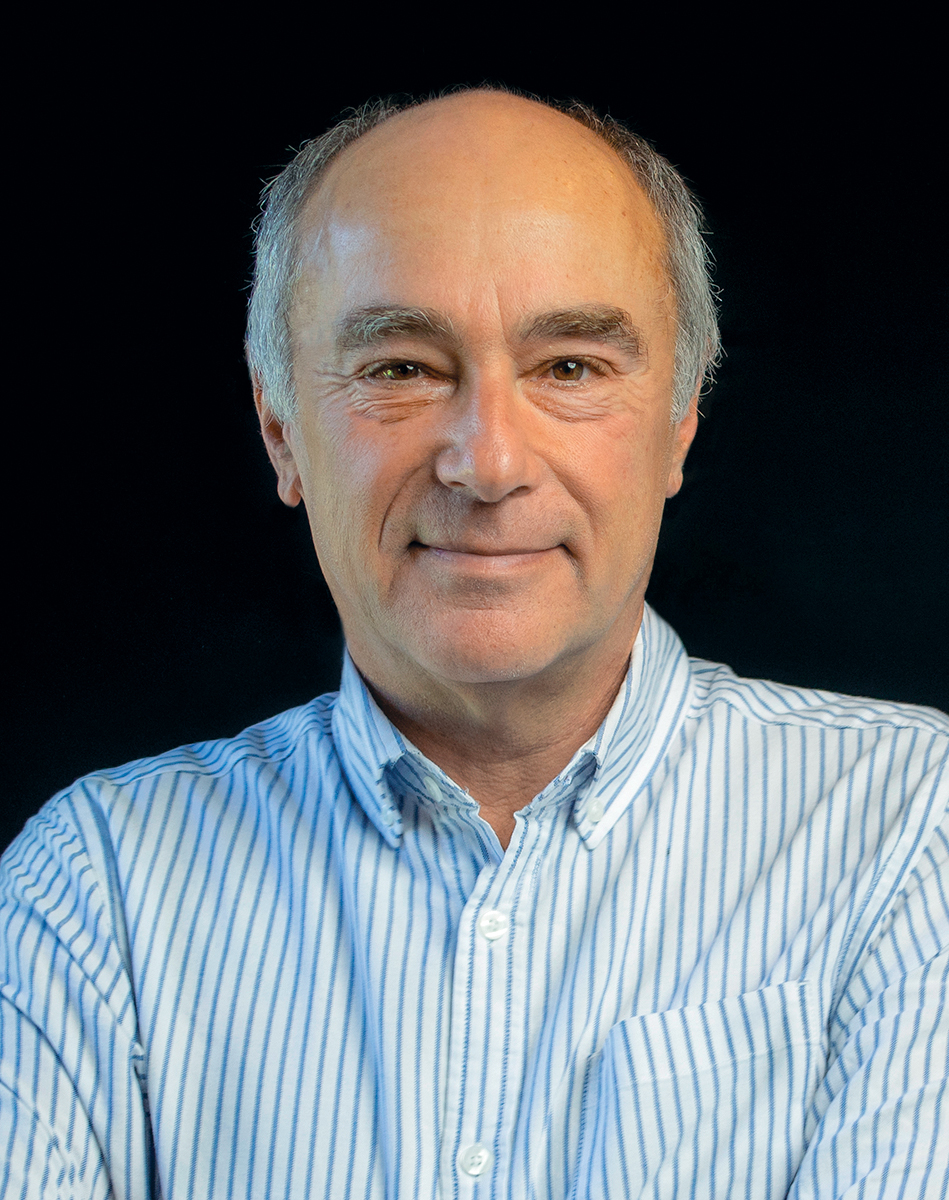Q&A with the Author
- What made you decide to edit this book?
- What is the one thing you hope readers take away from this book?
- Is there something you think it’s important to highlight about this topic?
- What is a common misconception about this topic that you would like to clear up?
- What upcoming projects are you working on?
What made you decide to edit this book?
PDM-2 has two chief editors: Nancy McWilliams and me. As teachers and supervisors, we realize every day how many young colleagues feel lost in a biomedical diagnostic world, and how keenly they feel the lack of a more psychologically articulated system. Without the dynamic, relational, and intersubjective aspects of diagnosis, the process stops making sense and risks becoming routinized. It not only puts stress on the clinician's professional identity, but also dims or distorts the ability to detect and describe patients' clinically salient characteristics and mental functioning, which can jeopardize the clinical relationship.
In 2006 I read PDM-1 and proposed an Italian translation. I immediately realized that this approach (systematic and at the same time clinically articulated) was filling a gap. There was no other diagnostic manual with those features, and the need was great among clinicians and scientists. Given the success of the first edition, and in response to feedback about its strengths and weaknesses, Nancy and I gathered a large group of consultants and collaborators and got to work revising the original PDM to enhance its empirical rigor and clinical utility. We felt that it was crucial for the international community to have a diagnostic manual that integrates the clinical knowledge of psychoanalysts with the expertise of empirical researchers, attachment, and mentalization scholars—all in dialogue with cognitive psychology and neuroscience.
The PDM-2 project would never have been achieved without Stanley Greenspan, our Magellan who showed us the way; Nancy Greenspan, a devoted caretaker of her late husband's legacy, who gave the project her unfailingly helpful support; and Robert S. Wallerstein, our Honorary Chair until his death. One of his last letters mentioned his hopes for this manual: "I am happy that PDM will have an enduring life. . . . I do give you my very best wishes for a really successful job in continuing the legacy of PDM."
What is the one thing you hope readers take away from this book?
I hope that diagnosis will be no longer considered a "dirty word" (quoting Nancy McWilliams), or a bureaucratic or devalued act. Rather, it is an engaging and challenging process that can bring us back to the original, ancient meaning of the word diagnosis: "knowing through". Through the patient, dialogue, and relationship.
The diagnostic process has no simple, easily applied formula. In his General Psychopathology (1913), Karl Jaspers claims that "Every diagnostic schema must remain a tiresome problem for the scientist" (Alle Diagnosenschemata müssen für den Forscher eine Qual Bleiben). In the original quote, the German word Qual is used where "tiresome" has been used here; Qual literally means "torment", and in fact I think that for researchers and clinicians diagnosis should be a "torment". There is always a tension between the need to connect a patient to a general category and, at the same time, to connect the patient to her/his unique qualities — "the impossible science of the unique being", as Roland Barthes would say. A useful diagnostic manual should maintain a healthy tension between the goals of capturing the complexity of clinical phenomena (functional understanding) and developing criteria that can be reliably judged and employed in research (descriptive understanding).
Is there something you think it’s important to highlight about this topic?
In this edition, we try to offer a diagnostic framework that characterizes an individual’s full range of functioning—the depth as well as the surface of emotional, cognitive, interpersonal, and social patterns. We try to promote integration between nomothetic understanding and idiographic knowledge useful for case formulation and treatment planning, emphasizing individual variations as well as commonalities. Moreover, we want to bring attention to the importance of diagnosis across the life cycle. For this reason, PDM-2 is divided into age groups (Adults, Adolescents, Children, Infancy and Early Childhood, Later Life) and uses a multidimensional approach to describe the intricacies of the patient’s overall functioning and ways of engaging in the therapeutic process. Each age group is characterized by three Axes along which the clinician may diagnose a patient: P Axis (Personality Syndromes), M Axis (Profile of Mental Functioning), and S Axis (Symptom Patterns: The Subjective Experience). The multiaxial approach for the Infancy and Early Childhood section differs from the others because of the unique qualities of the first 3 years of life.
Although psychodynamic practitioners will be more familiar with PDM-2 concepts than clinicians of other orientations, we hope that this volume will be of interest to therapists trained in other traditions, including biological, CBT, emotion-focused, family systems, and humanistic approaches.
What is a common misconception about this topic that you would like to clear up?
There has always been a more or less explicit conflict between research-oriented scholars and some in the psychoanalytic community. PDM-1 has been criticized with the argument that virtually any use of categorization in relation to patients is a “desiccation” of human experience. But we need a constructive way to bridge the gap between research and clinical work—a bridge that makes research more creative and ecologically valid, and the clinician's challenge more grounded. It is the only way to make diagnosis meaningful.
In our opinion, a clinician engaged in a good diagnostic process (in terms of personality and mental functioning, but also symptoms and/or problematic behaviors) is not like an entomologist who kills a butterfly to categorize it. Diagnosis is a dynamic process, in all senses.
What upcoming projects are you working on?
Of course, I am working on the Italian translation of PDM-2! I'm also pursuing my other research interests; in particular, therapists’ subjective variables relevant to psychodynamic psychotherapy (I’m going to publish a systematic review), and the relationship between the patient’s personality and the therapist's countertransference. Simultaneously, I will be continuing my work in the fields of sex, gender, and same-sex parenting. But I would be lying if I said that a future PDM-3 didn't come to my mind sometimes...
See all titles by and read more about Vittorio Lingiardi on his author page!
